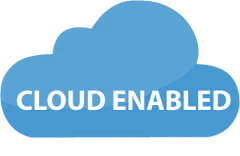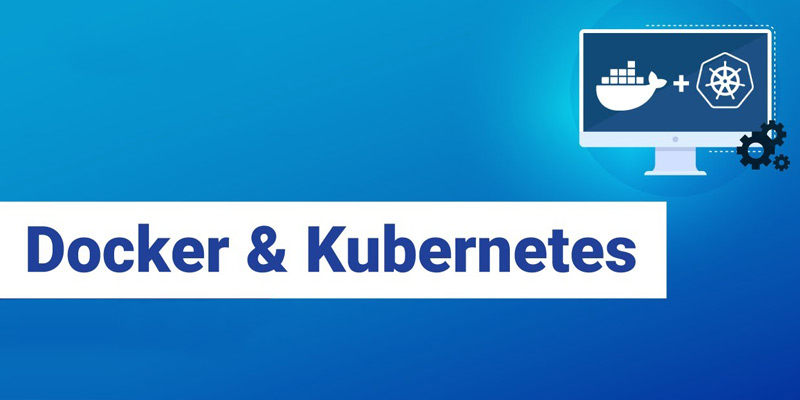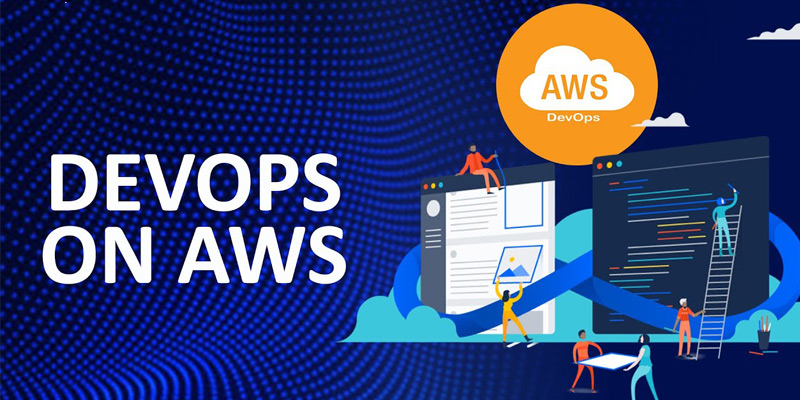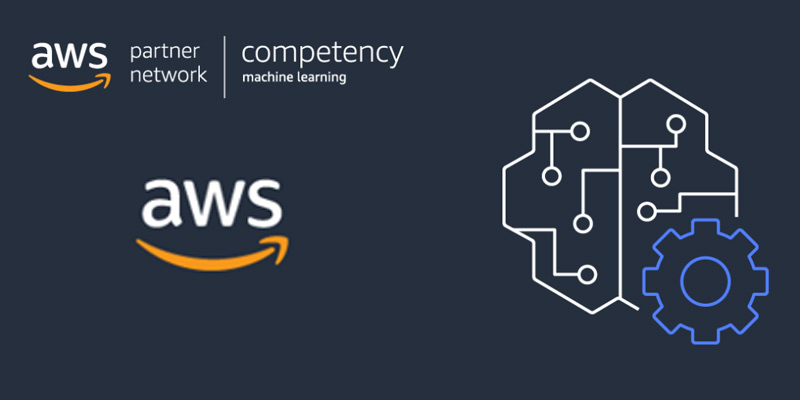- +91 90080 05404
- reach@thecloudenabled.com
- India, Singapore
A Comprehensive Guide to Building Resilient and Scalable Solutions


Mastering Multi-Cloud: A Comprehensive Guide to Building Resilient and Scalable Solutions
In today’s digital landscape, organizations are increasingly adopting multi-cloud strategies to leverage the benefits offered by multiple cloud providers. A multi-cloud approach enables businesses to distribute workloads, mitigate risks, and optimize costs. However, effectively building resilient and scalable solutions in a multi-cloud environment requires careful planning and execution. In this comprehensive guide, we will explore key considerations and best practices for mastering multi-cloud and building robust solutions.
Understanding Multi-Cloud Architecture:
Multi-cloud architecture refers to the strategic use of multiple cloud platforms, such as Amazon Web Services (AWS), Microsoft Azure, Google Cloud Platform (GCP), or others, to meet specific business requirements. Each cloud provider brings its unique set of services, capabilities, and pricing models. Understanding the strengths and limitations of each cloud platform is crucial for designing an effective multi-cloud solution.


Defining Workload Placement:
Before adopting a multi-cloud strategy, analyze your workloads to determine their specific requirements and constraints. Identify which workloads are best suited for each cloud provider based on factors such as performance, compliance, data residency, and cost. Some workloads may benefit from specific cloud provider services or geographical proximity to end-users.
Ensuring Interoperability and Portability:
To avoid vendor lock-in and maximize flexibility, focus on building solutions that are interoperable and portable across multiple cloud providers. Leverage open standards and technologies such as containers (e.g., Docker) and orchestration tools (e.g., Kubernetes) to abstract away cloud-specific dependencies. This allows you to seamlessly move workloads between different clouds or adopt a hybrid cloud approach.
Implementing Robust Networking:
A well-designed networking architecture is critical for multi-cloud solutions. Establish secure and efficient network connectivity between your on-premises infrastructure, cloud providers, and other external services. Leverage virtual private networks (VPNs), direct connectivity options (e.g., AWS Direct Connect, Azure ExpressRoute), and software-defined networking (SDN) solutions to ensure reliable and performant communication.


Embracing Automation and Orchestration:
Automation and orchestration are key to managing complex multi-cloud environments. Leverage infrastructure-as-code (IaC) tools, such as Terraform or CloudFormation, to provision and manage resources across multiple clouds consistently. Implement automated deployment pipelines and configuration management tools to enable efficient and repeatable deployments.
Implementing Robust Security Measures:
Security should be a top priority in a multi-cloud environment. Implement a comprehensive security strategy that encompasses identity and access management (IAM), data encryption, network security, and compliance monitoring. Leverage cloud-native security services, such as AWS Identity and Access Management (IAM), Azure Active Directory, or GCP Cloud Identity, to centrally manage access and permissions across multiple cloud platforms.
Monitoring, Logging, and Governance:
Monitoring and governance are essential for maintaining visibility and control over your multi-cloud environment. Implement centralized monitoring and logging solutions to collect and analyze metrics, logs, and events from across your cloud providers. Leverage cloud-native monitoring services, third-party tools, or open-source solutions like Prometheus and Grafana to gain insights into the performance, availability, and cost of your multi-cloud deployments.
Implementing Disaster Recovery and Business Continuity:
Building resilient solutions in a multi-cloud environment involves implementing robust disaster recovery (DR) and business continuity (BC) strategies. Leverage cloud provider-specific DR services, replication mechanisms, and backup solutions to protect your data and applications. Test your DR and BC plans regularly to ensure they are effective in mitigating potential disruptions.
Conclusion:
Building resilient solutions in a multi-cloud environment involves implementing robust disaster recovery (DR) and business continuity (BC) strategies. Leverage cloud provider-specific DR services, replication mechanisms, and backup solutions to protect your data and applications. Test your DR and BC plans regularly to ensure they are effective in mitigating potential disruptions.
By following the best practices outlined in this comprehensive guide, you can navigate the complexities of multi-cloud environments and unlock the potential for innovation and growth.
About Author


Anil Bidari
Anil Bidari is a versatile trainer and consultant specializing in GitLab, AWS, Azure, Google, DevOps, Jenkins, Kubernetes, Ansible, Docker, Agile, and Machine Learning.



